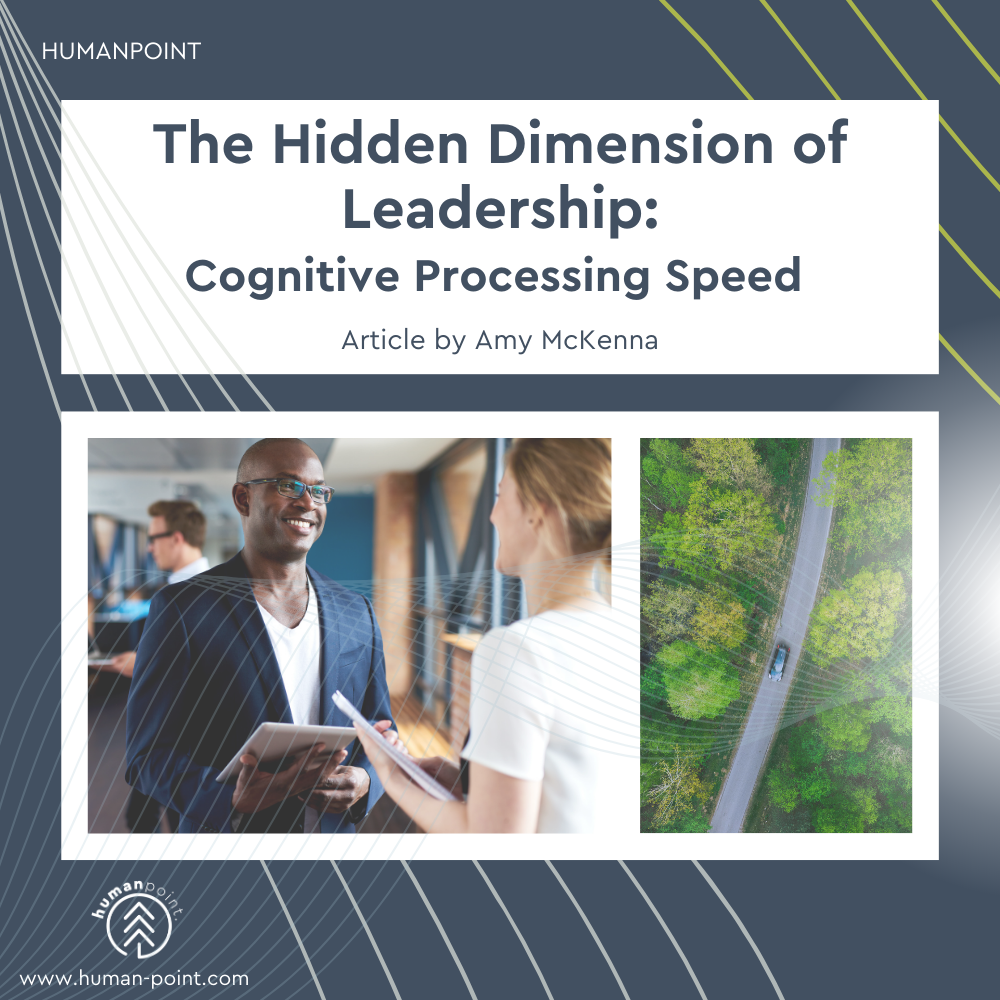Why Self-Awareness Matters More Than Ever
People ask me all the time what the most important characteristic of a leader is. My answer is always the same: they know themselves, and they are authentic in their leadership. This quality—self-awareness—isn't just a nice-to-have soft skill. It's the bedrock upon which all other leadership capabilities are built. Understanding Self-Awareness and Emotional Intelligence Self-awareness is the cornerstone of what psychologists call emotional intelligence (EQ)—the ability to recognize, understand, and manage our own emotions while effectively recognizing and responding to others' emotions. Emotional intelligence encompasses four key domains: self-awareness, self-management, social awareness, and relationship management. But it all starts with truly knowing yourself: your strengths, weaknesses, values, motivations, and the impact you have on others. When leaders strengthen their self-awareness, it creates a ripple effect that elevates every other aspect of their leadership. They make better decisions because they understand their biases. They communicate more effectively because they know...
A New CEO’s Guide for Alignment in the First 90 Days
What is the most important data point on any map? You are here. Without an accurate assessment of where you are, you can't chart an accurate...
The Hidden Dimension of Leadership: Cognitive Processing Speed
Leadership is an art. We are pulling together teams of people who have different experiences, personalities, outlooks, and values. What is often not talked...
Building Leadership Confidence: Lessons from Bandura’s Self-Efficacy Theory
One of the greatest insights from my work as an executive coach is understanding that even highly successful leaders sometimes struggle with confidence. CEOs...
The Transformative Power of Coaching: A Leadership Development Philosophy
Amy McKenna, executive coach and CEO of HumanPoint, the company she founded, envisions a world where coaching happens naturally in thousands of everyday workplace...




